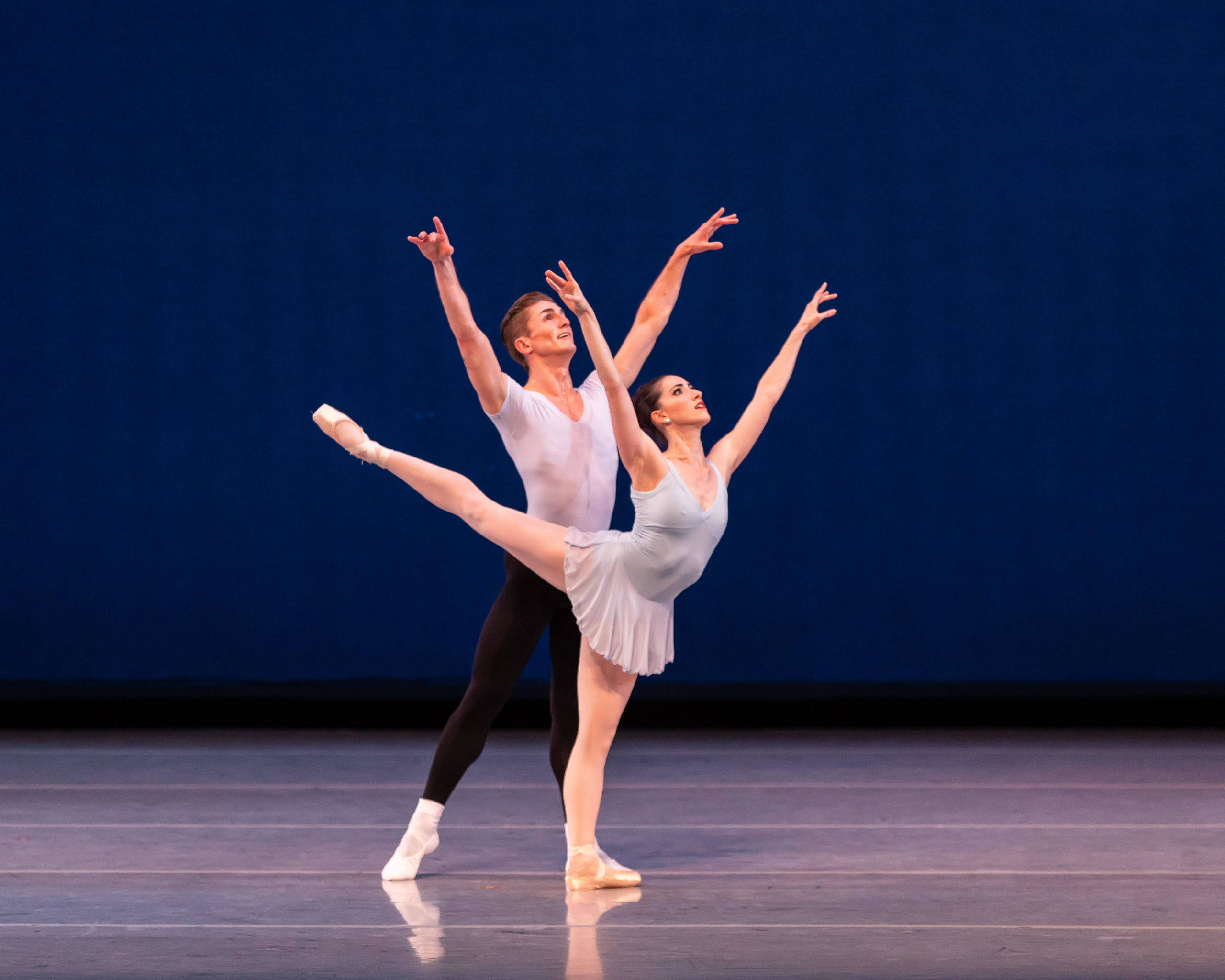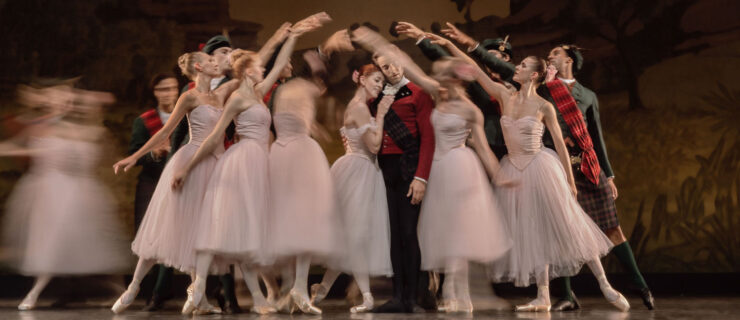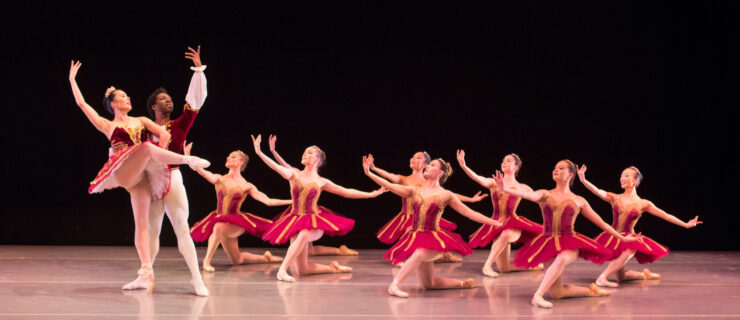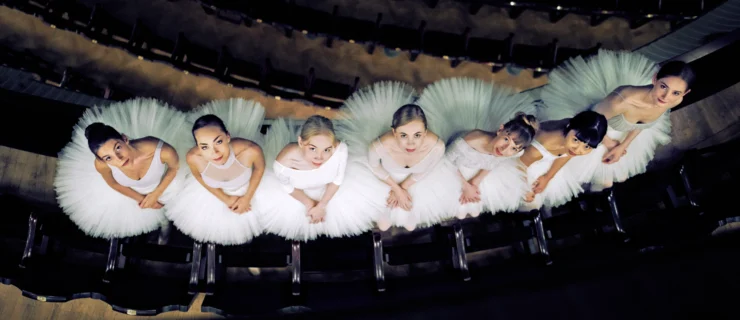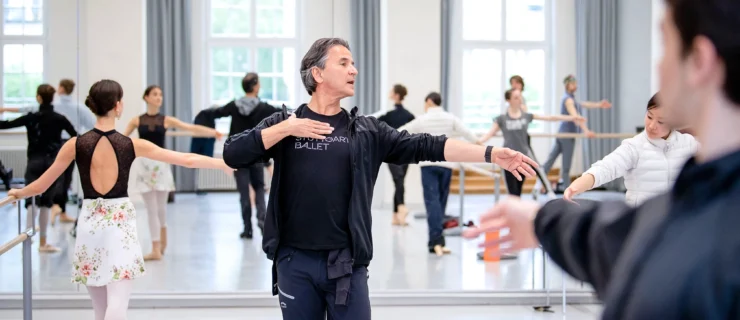A Tale of Two Apprentices: What These Dancers Learned From Their (Very Different) Paths to Professional Life
The route to a company’s roster often means working your way through several preliminary stages—professional training program, traineeship, apprenticeship or second company—in order to be considered for a full company contract. But while some dancers move fairly quickly into the corps, others spend more time on the lower rungs of a company before finding their spot. Though a straight shot to professionalism might seem optimal, both pathways have merit.
Here, two dancers reflect on the benefits, challenges and what they learned from their very different paths to professional life.
Alexander Skinner, corps de ballet, The National Ballet of Canada
I actually didn’t take my first ballet class until I was 13, after seeing Billy Elliot: The Musical. I was accepted into Canada’s National Ballet School summer program at 14, and then spent four years in their residential high school and postsecondary programs. In my last year I auditioned for The National Ballet of Canada and was offered an apprenticeship. In 2018, after one year as an apprentice, [then artistic director] Karen Kain offered me a corps contract, and I was over the moon! Including my apprentice year, this is my fifth season in the company.
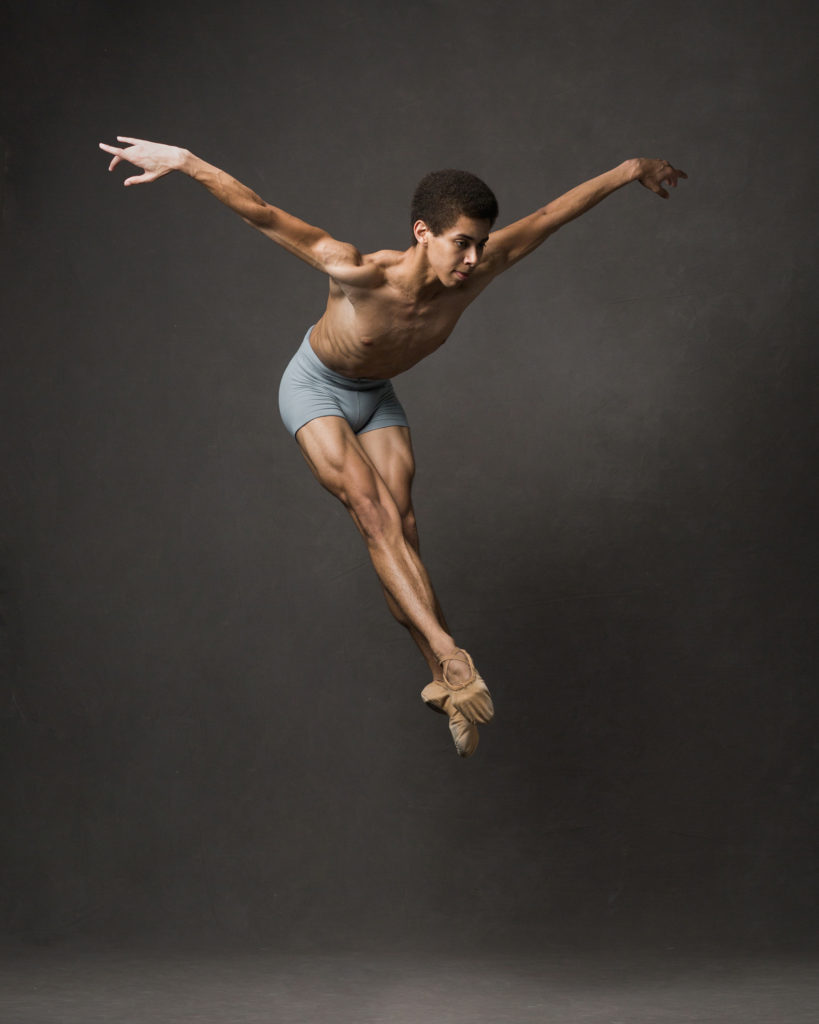
Joining as an apprentice was overwhelming at first, but the company had a nice way of slowly integrating us into main company life. The 10 apprentices would take company class and understudy corps rehearsals any days that we were needed. On the other days, we had separate classes and rehearsals for the performances we did on our own for Toronto elementary school kids, so we still got personal attention and could focus on our training and being coached.
I remember thinking, Okay, this is a year about growing up. I’m viewed as a professional now, so I need to act like one. I was paid and able to be financially independent. Learning how to take care of myself outside the studio, how to rest and recover in the evenings, cook for myself, and commute to the studio for work felt like foreign territory, but things slowly fell into place. There was a lot of trial and error!
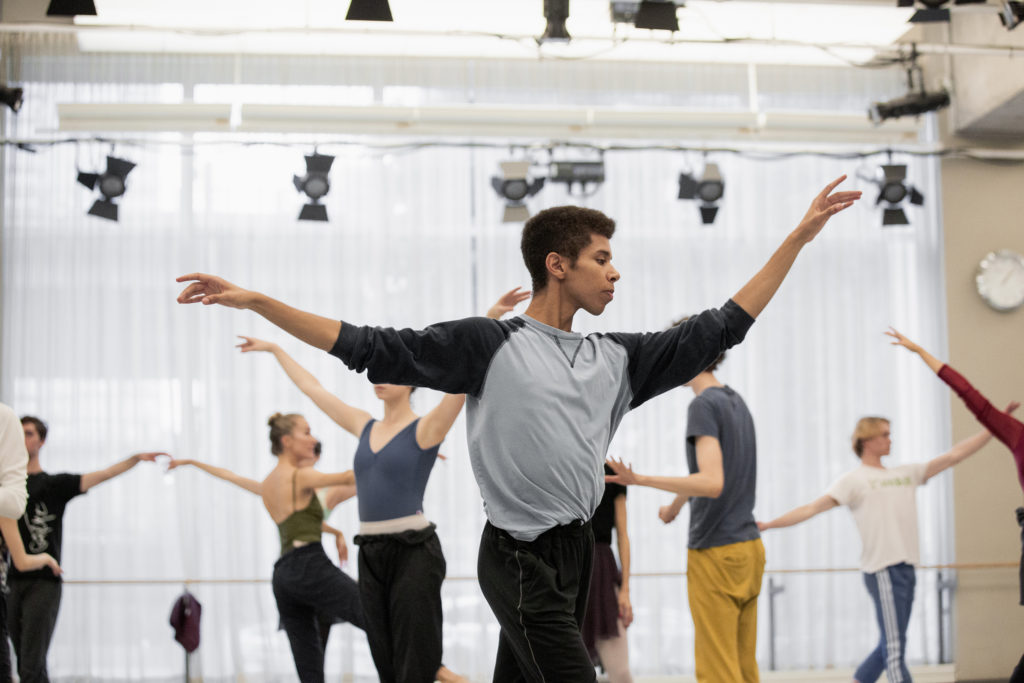
For some people, joining the corps after apprenticeship was easy, but for me it actually took some time to adapt. I felt like a new, small fish in a very large, established pond. As an apprentice, I’d put pressure on myself to be seen as self-sufficient and not needing any hand-holding. I had also been very aware of being respectful of the company dancers, not getting in their way or interrupting anyone who was more senior. So when I joined the corps, the biggest challenge I had to overcome was learning to ask for help. I’d put up this block for myself, thinking I had to figure everything out on my own. But now, I can’t tell you how many times I’ve gone to someone to ask for advice or help with a correction in the studio. The National Ballet of Canada is such a supportive environment and people are always happy to lend a hand, especially those with more experience. I’m definitely grateful for that.
Julia Eisen, company dancer, Nashville Ballet
I started dancing at home in Chapel Hill, North Carolina, but moved away at 15 to attend University of North Carolina School of the Arts. It was an amazing experience. One of the benefits was that a lot of companies held auditions at UNCSA, and often the directors would also watch our classes or hold semiprivate auditions for us students. So that’s how I got my traineeship with Richmond Ballet right after graduation in 2008.
At that time there were almost no second companies, and it wasn’t yet common to join the few that there were. So in my 17-year-old mind, I thought I’d get an apprenticeship, instead of a trainee spot, right away. But that was also when the recession hit and there just weren’t any jobs. Traineeships were the only option many of us had.
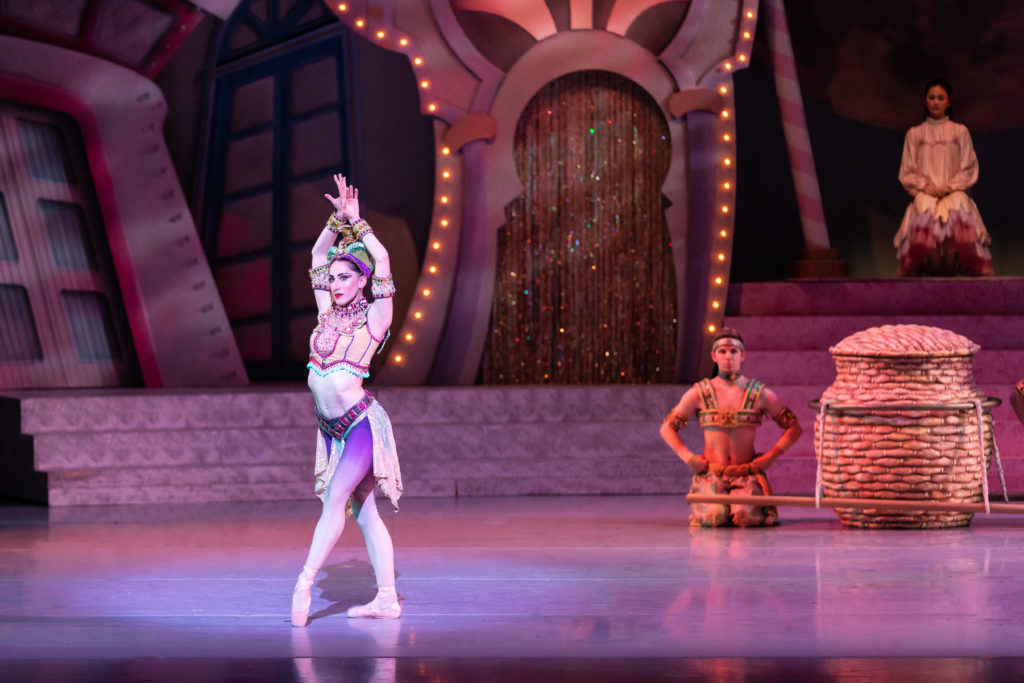
In Richmond, trainees were very involved with the main company, although we had separate classes. We only got paid for shows, plus an allotment of pointe shoes. There were about 20 trainees, but I was one of five or six who were constantly used for all the big productions; I even got to go on their Nutcracker tour to Norfolk, Virginia, both years I was there. At first, I did aspire to join the company, but by my second season, I’d figured out that what I really loved was contemporary ballet—that’s where I thrived. So I started auditioning again. I sent my stuff to a lot of companies, and got a lot of “nos,” but did get an offer from Nashville Ballet 2.
At that time, NB2 was not a paid position either, but my parents and I considered RB and NB2 as my “college years.” It’s a time to learn who you are, how to live your life as an adult (both in and outside the studio) and—my biggest takeaway—the value of patience. As a 20-year-old in NB2, I learned so much by watching how the older dancers held themselves, presented themselves, how to do my hair, warm up—all the things they don’t teach you in school. We did so many outreach shows all over the state, which was an amazing way to learn how to perform. Nashville Ballet really wanted us to feel what it was like to be in a company.
I got an apprenticeship with Nashville Ballet in 2012, when I was 21, and a year later, a full contract. Looking back on it, although I was sad to not get a company contract right away after high school, I would not change it in any way, shape or form. My years as a trainee and second company dancer gave me time to grow. With all those people helping me grow as an individual, I figured out what type of place would really make me happy, which would not have been the case if I’d gone straight into the corps.
